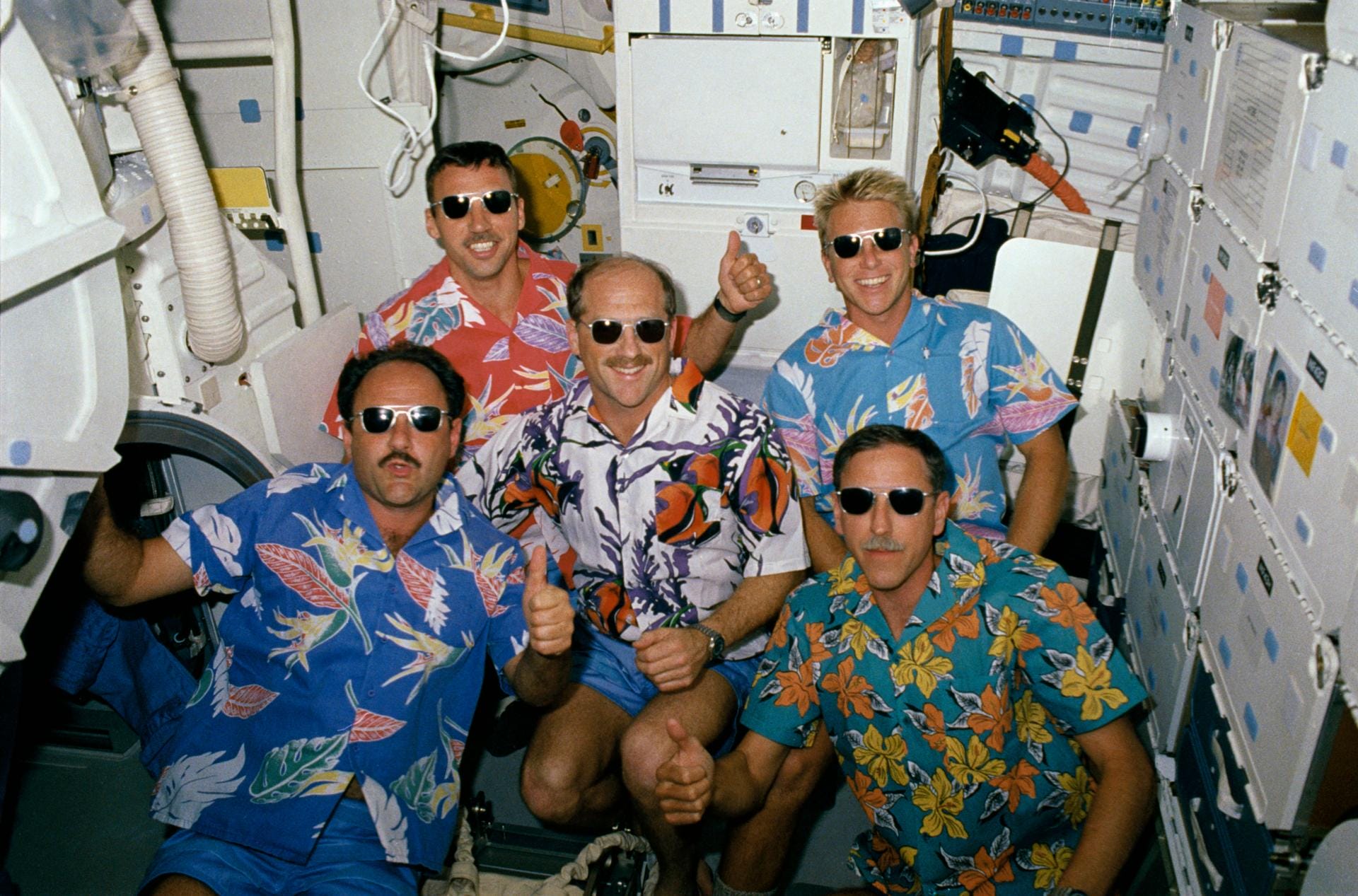Aviators are known for their rigorous training, focus, and precision. Among the essential gear they rely on is a robust pair of sunglasses designed specifically for military aviation. The unique demands of flight environments make ordinary sunglasses inadequate; aviator sunglasses must meet strict specifications to ensure optimal performance, protection, and compatibility with other essential equipment. Here’s a guide to the specifications that distinguish military-grade sunglasses for aviators, along with some historical insights into their development.
Lens Material and Tint
Military aviators require lenses that deliver clear vision without compromising colour accuracy, which is crucial for reading instruments and maintaining situational awareness. This is why neutral grey lenses are preferred. These lenses provide accurate colour perception and reduce eye strain by reducing brightness without altering the colours seen through the lens.
For instance, the U.S. military’s Type HGU-4/P aviator sunglasses, which are the benchmark for many aviator sunglasses today, require neutral grey lenses that allow only 12% to 18% of visible light to pass through. This balance protects the eyes from excessive brightness but still allows adequate visibility source.
Another essential specification is the use of non-polarised lenses. While polarised lenses can help reduce glare, they are not suitable for aviators as they can interfere with reading digital displays, GPS screens, and other cockpit instruments that rely on reflections to convey information source.
Frame Design
The frames of aviator sunglasses for military use are just as crucial as the lenses. Bayonet temples are a defining feature; they are designed to slide comfortably under helmets and headgear, allowing aviators to put on and remove their sunglasses easily without disturbing their other equipment source.
Durability is also key in frame construction. Military aviator sunglasses are often made from resilient materials like titanium or stainless steel, which can endure the rigours of high-speed flight and challenging conditions.
Optical Clarity and Protection
Military aviators face intense sunlight and harmful UV exposure during long hours in the sky, which makes UV protection an absolute requirement. Lenses must block 100% of UVA and UVB rays to protect aviators from ultraviolet radiation that can damage the eyes over time source.
Equally important is impact resistance. Military aviators operate in dynamic and often turbulent environments, and impact-resistant lenses ensure that the sunglasses can withstand sudden jolts or flying debris. Sunglasses must meet or exceed ANSI Z80.3 standards for impact resistance, providing a level of safety and durability suited to the demands of military aviation source.
A Glimpse into History
Aviator sunglasses have a fascinating history. Initially developed for the U.S. Air Force in the 1950s, the American Optical Company created the “Flight Goggle 58,” commercially known as the “Original Pilot Sunglass.” This design met the Type HGU-4/P standard, incorporating features like semi-rectangular lenses and bayonet temples to work seamlessly with flight helmets and oxygen masks. source
Today, manufacturers like Randolph Engineering and American Optical continue to produce these high-quality sunglasses that meet or exceed military standards. Models such as the Randolph Aviator and the AO Original Pilot maintain the same dedication to quality, durability, and visual clarity, making them trusted choices for aviators and military personnel.
Choosing Military-Grade Sunglasses for Civilian Use
For civilian pilots or aviation enthusiasts, sunglasses built to military specifications offer practical benefits beyond aesthetic appeal. When choosing aviation sunglasses, look for features like non-polarised, impact-resistant lenses, UV protection, and bayonet temple frames to ensure they meet the needs of challenging flight conditions.
Military-grade sunglasses are more than a fashion statement; they are a testament to the precision and performance required in aviation. These sunglasses protect the eyes from harsh environmental factors and enhance the aviator’s ability to perform at their best.
